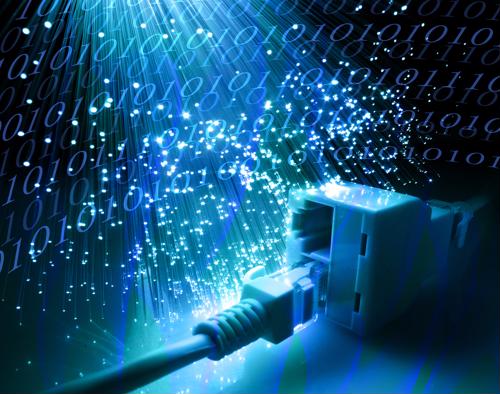
Where Power Meets Ethernet: New Value Cases
By Max BurkhalterMay 27, 2020
Equipment connected via Ethernet can give companies value in several ways - these devices can deliver information for use in internet of things contexts for analytics, predictive maintenance and other advanced calculations. The data can also be used in more conventional ways, for instance as audio or visual recordings. However, there have traditionally been challenges associated with using Ethernet. For example, companies have struggled to go beyond the maximum standard length of Ethernet transmission, and they have needed to find ways to power their devices. Breakthroughs in cabling have changed the math, however.
Power over Ethernet is a particularly promising concept for today's organizations hoping to connect fleets of devices. Organizations that have thought about using Ethernet but have not considered PoE may be surprised at what they can accomplish with this technological convergence.
Achieving Value with Power over Ethernet
As Network World recently explained, PoE is a simple concept at its core. This is simply a term for devices that use the same cables for data and power transmission. There is an Institute of Electrical and Electronics Engineers standard for PoE dating back to 2003 which covers devices needing 15.4 watts of power or less. The updated standards in 2009 allowed the transmission of 25.5 watts. As of now, cables can take 90 watts from the power source and send up to 71.3 watts to devices.
The possibilities for device deployment are growing as the power flowing through cables increases. According to Network World, Wi-Fi access devices are a good test case for PoE. Since it behooves companies to place their Wi-Fi points far from one another, and potentially in isolated parts of buildings, the use of PoE is valuable. Now, it's possible to just use a single cable to connect one of these components.
Increasing Use of Power over Ethernet
As TechTarget explained, recent years have seen more device types become usable on PoE, with a trend toward greater usage across sectors. Companies can now connect security card readers, internet-connected kiosks and even light fixtures with Ethernet cables. Devices that exist as part of IoT networks can take their power and data from the same source: This has opened up possibilities for organizations hoping to build out their smart assets without going over budget.
TechTarget specified that having IEEE standards has made adoption of PoE relatively simple. In the years between codification of standards, interoperability challenges were a real possibility. Now that companies know the capabilities of devices and wiring, they are able to accelerate development of compatible technology that will power systems of all kinds.
Deploying Exciting New Technologies
At Perle, we have already seen the potential of PoE realized. For example, a security camera deployment in the city of Colorado Springs was made possible by the technology. Officials using PoE media converters and PoE switches can now deploy cameras in locations that do not have power sources nearby, and that are farther apart than the standard Ethernet cable data transmission range of 100 meters. Deployment of such switches and converters can make ambitious connectivity projects into successes.
When freed from power and data transmission restrictions, engineers can install devices such as cameras in locations that make sense, without having to compromise based on technical limitations. Read Perle success stories to see how this scenario has played out in multiple industries and consider what a PoE deployment could do for your company.



